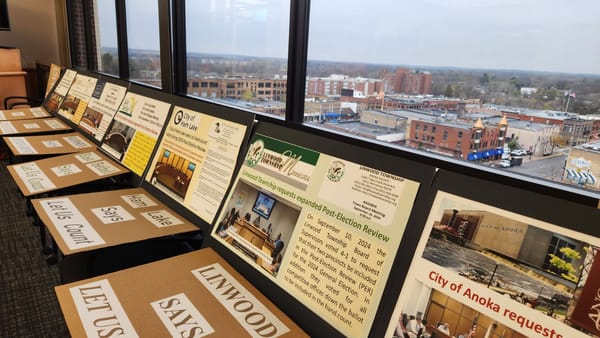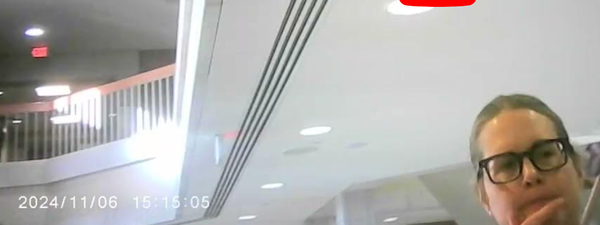Judicial Election Interference, Part 1

How Minnesota's Courts have intervened, overstepping their constitutional authority
Yesterday's post, Two Wings, Same Bird, Part 1, was the first installment in a series on political election interference, that is from political parties or from those associated with them. The prior day's post, Modems in Tabulators?, Part 1, was the first episode in a series on software- and hardware-focused election manipulation.
Today's post ventures into a third territory: Judicial Election Interference.
To lay a foundation, here is a Q & A:
Q: What is the judicial branch's constitutional role in elections, according to the Minnesota Constitution?
A: It is minimal.
Q: Can you elaborate? Don't judges have some involvement in the state level canvass?
A: Well, yes, they do. Consider Article VII, Sec. 8.
Sec. 8. Election returns to secretary of state; board of canvassers.
The returns of every election for officeholders elected statewide shall be made to the secretary of state who shall call to his assistance two or more of the judges of the supreme court and two disinterested judges of the district courts. They shall constitute a board of canvassers to canvass the returns and declare the result within three days after the canvass.
In essence, there are five people constitutionally responsible for election returns in the state of Minnesota, also known as the MN State Canvassing Board.
Q: Who then has authority regarding elections?
A: Why don't you read the Minnesota Constitution?
Q: I will... maybe later. But let's imagine for a second that a petition were written under Minnesota Statute 204b.44 Errors and Omissions addressing the MN State Canvassing Board, prior to their certification date in 2020? What would happen then?
A: Did you read the statute?
Q: Wait, hold on! I'm supposed to be the one asking questions.
A: Says who?
We may/shall/must continue in some day's time with Part 2!




